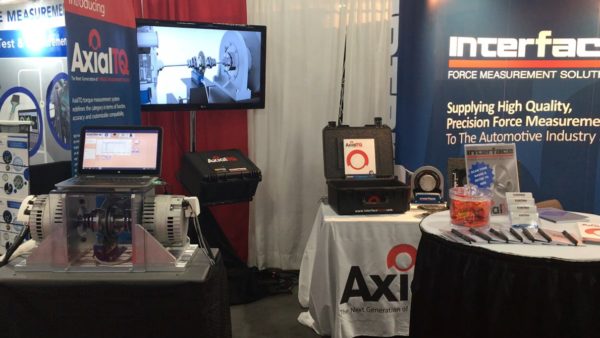Exploring Interface Capabilities and Differentiators
Interface is the largest producer of load cells defined by a particularly important core differentiator. The Interface difference is precision.
How do we maintain this standard of excellence? Interface is directed by our foundational 4-pillars for success: quality, service, accuracy, and innovation. This applies to anything and everything that we do, including manufacturing premium force measurement products, engineering and design, custom solutions, providing calibration and repair, and in our commitment to service.
Interface has long been known for providing accuracy-based sensor technologies, innovative solutions, engineering excellence and quality products that our customers trust. We have detailed our breadth and depth of capabilities and differentiators for our products that are designed to serve customers across a growing number of industries.
In our online capabilities statement, you can find:
- Interface differentiators
- Interface core products and expertise
- Certifications
- Industry NAICS and PSC Codes
- Interface’s Company Snapshot
Our customers around the world are innovators, market leaders, boundary-breaking leaders who are finding ways to do things differently, make things safer, improve products and create new solutions, all through the measurement of force. We provide solutions for test and measurement, as well as OEM. This includes companies in aerospace and defense, automotive and vehicle, medical devices, energy, industrial automation, entertainment and amusement, agriculture, maritime, infrastructure, and equipment manufacturing.
As the world’s trusted leader in force measurement technology, design, and manufacturing, it is important that we guarantee the highest quality performance of load cells, torque transducers, multi-axis sensors, wireless telemetry, instrumentation, calibration and more. To do this, it is the Interface people, technology, manufacturing, engineering, and force measurement solutions that make the difference.
Here are just a few of Interface’s key differentiators and capabilities:
- PROPRIETARY STRAIN GAGES: We make our strain gages and assemble them in the same building that our final sensor testing is performed in-house to ensure the quality and accuracy.
- THE STANDARD: Interface is the standard for all load cells. Since 1968, our LowProfile® load cells have been used throughout the world because of their accuracy and dependability.
- CALIBRATION: Our trademarked Gold Standard Calibration System is the industry ‘gold standard’ for test and measurement.
- SYSTEMS: Interface is the only major load cell company offering a comprehensive system for customers to calibrate their own load cells.
- CERTIFICATIONS: Every load cell we make is individually calibrated and tested through a series of performance tests before it leaves our facility.
- STANDARD, ENGINEERED-TO-ORDER AND CUSTOM: We design and build our force measurement solutions, delivering the broadest variety of available options in the industry.
- TEAM: Our team is an extended network of professionals that design, build, administer, sale to, and support our customers with the best force measurement solutions that fit their exact requirements based on expertise and experience.
You can see all the Interface differentiators in our capabilities statement.
We are proud of the Interface brand, our five-decade legacy as a leader in the industry and fact that we are a women-owned manufacturing company. We guarantee our products quality because every employee and partner take pride in our work. It is our dedication to deliver on our promise.
Capabilities-Statement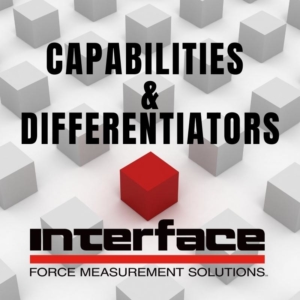
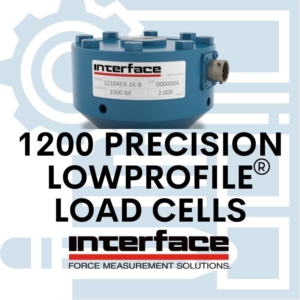
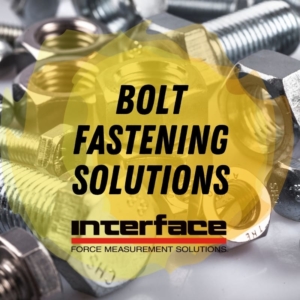
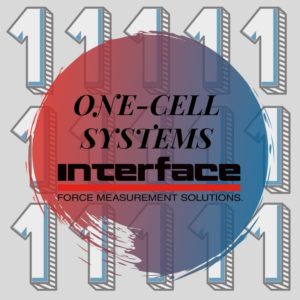
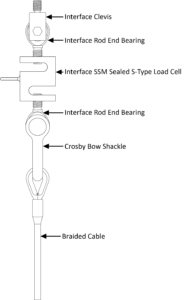
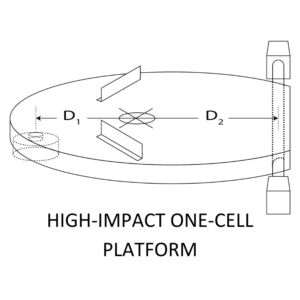


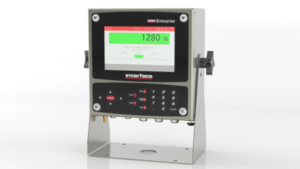

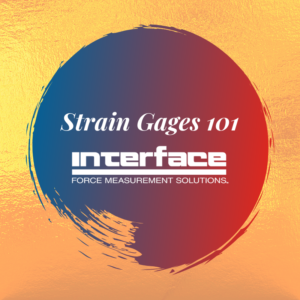
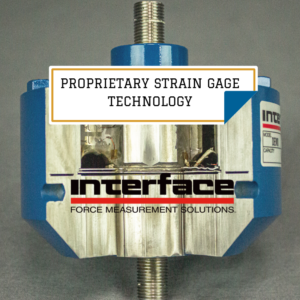
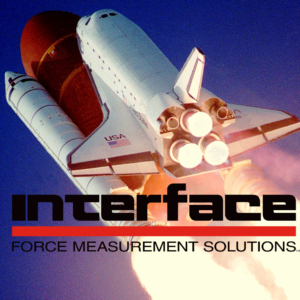 Interface supplies force measurement solutions and services to help the world’s largest aerospace organizations in the design and test of space vehicles and ground equipment. We pride ourselves on the accuracy and reliability of our products, and it is our key differentiator in serving highly regulated markets with zero room for error.
Interface supplies force measurement solutions and services to help the world’s largest aerospace organizations in the design and test of space vehicles and ground equipment. We pride ourselves on the accuracy and reliability of our products, and it is our key differentiator in serving highly regulated markets with zero room for error. Multiple custom Interface load cells were attached to hydraulic cylinders at different points along the test stand to measure the load produced by each cylinder within 0.05 percent. With these custom high precision load cells, engineers were able to evaluate loads applied to different areas of the rocket structure, allowing them to accurately verify the structural performance under simulated launch conditions.
Multiple custom Interface load cells were attached to hydraulic cylinders at different points along the test stand to measure the load produced by each cylinder within 0.05 percent. With these custom high precision load cells, engineers were able to evaluate loads applied to different areas of the rocket structure, allowing them to accurately verify the structural performance under simulated launch conditions.